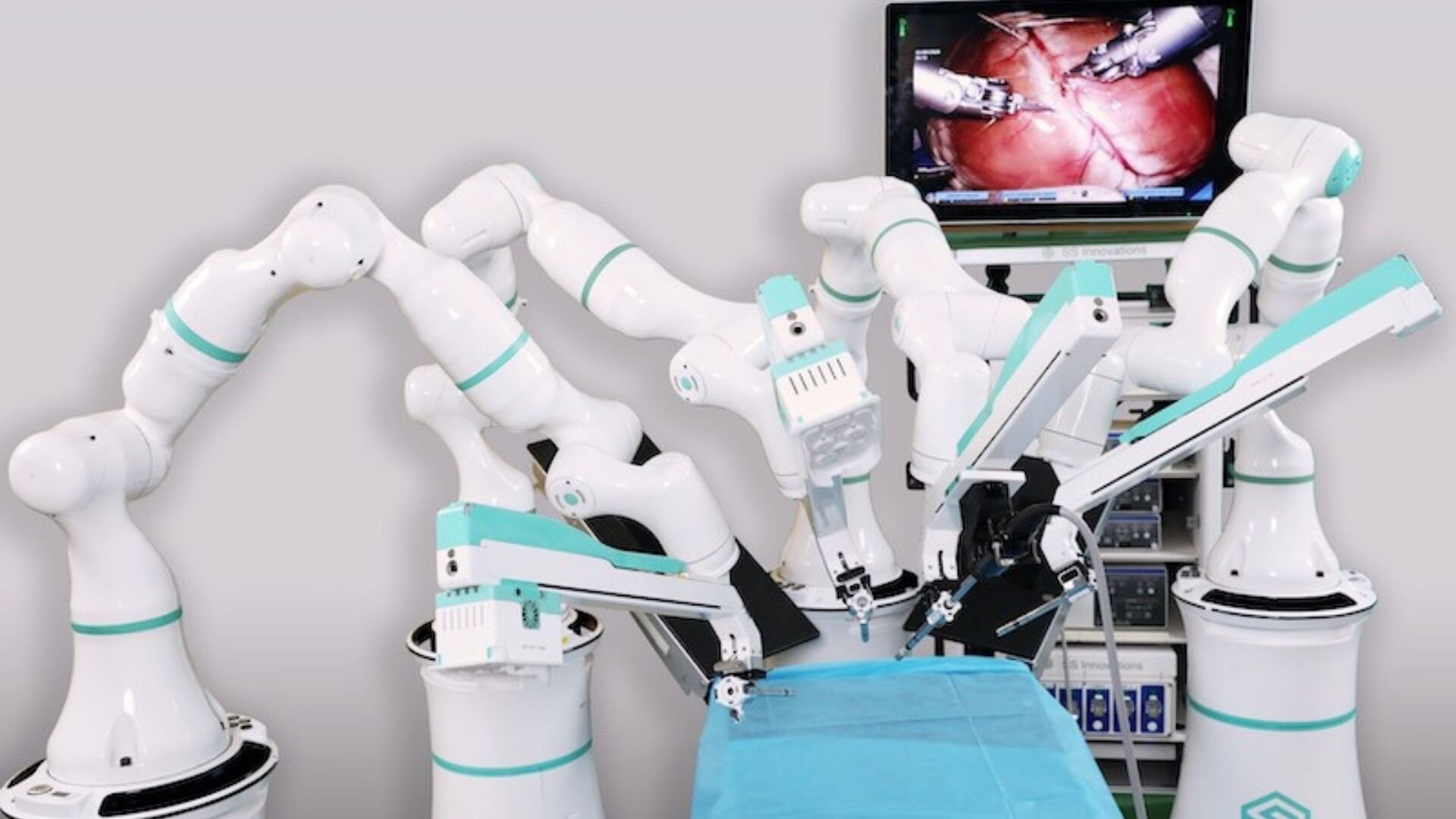
















In the realm of cardiovascular surgery, precision is critical, especially when it comes to delicate procedures like heart valve replacements. Surgeons face challenges in ensuring that the replacement valve fits perfectly within the patient’s unique anatomy. Traditional methods often lack the ability to tailor the approach to individual needs, which can lead to complications or less-than-optimal results. However, a revolutionary new tool is changing the landscape, providing a solution that promises better outcomes for patients undergoing these life-saving surgeries.
This advanced tool combines cutting-edge imaging techniques with sophisticated data analysis, offering a highly detailed, three-dimensional view of the patient’s heart. Surgeons can now map out the procedure more accurately, ensuring that the replacement valve is perfectly sized and positioned. The result is a more personalized approach to surgery, which can lead to fewer complications and faster recovery times.
One of the most exciting aspects of this innovation is its ability to create customized surgical plans for each patient. By accounting for the specific characteristics of a patient’s heart, the tool ensures that the treatment is tailored to their anatomy, significantly improving the chances of a successful outcome. This personalized approach is expected to not only improve the fit of the replacement valve but also reduce the risks associated with the surgery.
Additionally, this tool holds promise for the future of cardiovascular care. As surgeons adopt this technology, it could lead to a shift in how heart valve surgeries are performed, making them safer and more effective. With better planning and enhanced precision, patients can look forward to improved post-surgery recovery and long-term health.
